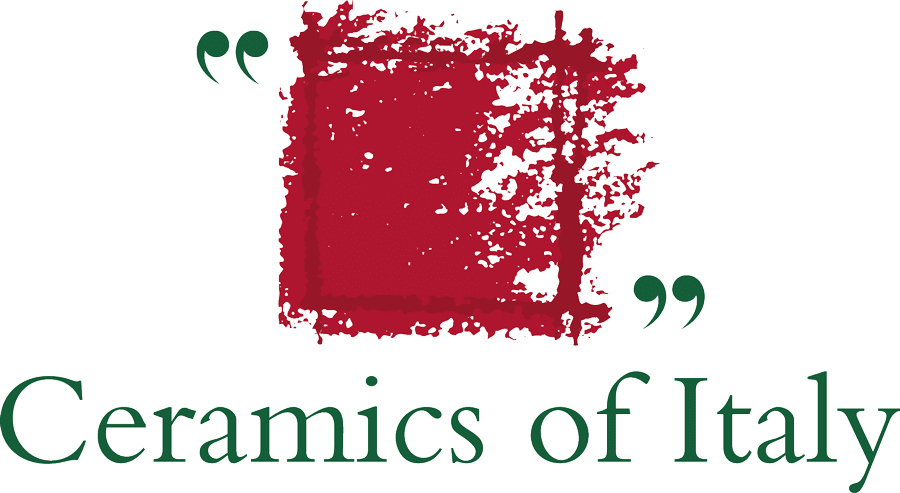Ceramic glazes: what are they?
Glaze is an inorganic coating that bonds to the ceramic surface when fired at a high temperature (between 800°C and 1250°C). This vitreous substance can have different colours depending on the decoration requirements.
Ceramic glazes are made up of three basic components:
- vitrifying agent
- flux
- stabiliser
For years, ceramic sanitaryware companies have been investing in new technologies to make the vitrification process more sustainable, covering everything from glaze composition to application methods.
Ceramic glaze application
The mixture of silicates and water that makes up the glaze is applied during the colouring process to make the ceramic surface glossy and hard-wearing.
Glazing is performed using a spray gun inside a dust collection booth to prevent the glaze particles from being released into the environment.
Excess glaze is recovered inside the booth with the aid of special tanks to enable it to be reused for other applications.
Glaze recovery
Italian ceramic companies reuse glaze recovered from the booths for new glazing processes.
Based on a general estimate of the recycled quantities of raw materials (fireclay and vitreous china) and glazes, this process results in an average reduction of more than 450,000 kg of CO2 per year.
More effective resource management
Recycling ceramic glazes significantly reduces raw materials wastage and consequently the energy required to produce new compounds. Thanks to solutions of this kind, the ceramic sanitaryware producers based in Civita Castellana and elsewhere in Italy are the world leaders in terms of their commitment to protecting the environment and to managing resources more sustainably.



 Architects
Architects
 Construction firms
Construction firms
 Dealers
Dealers
 Installers
Installers
 Public
Public

